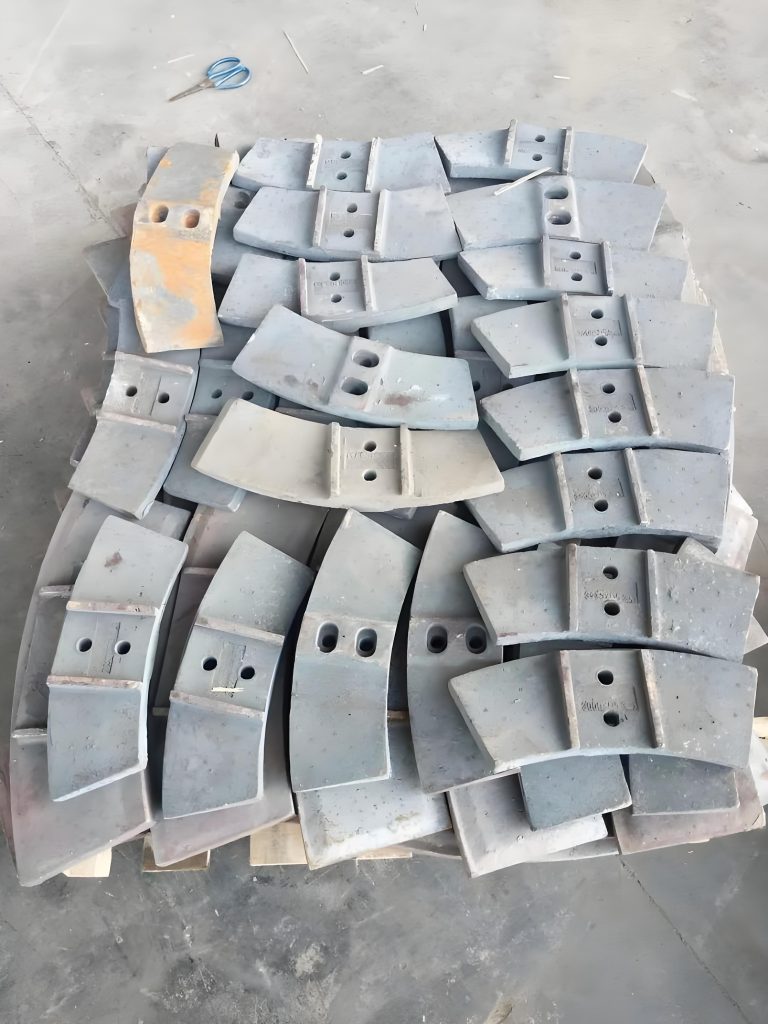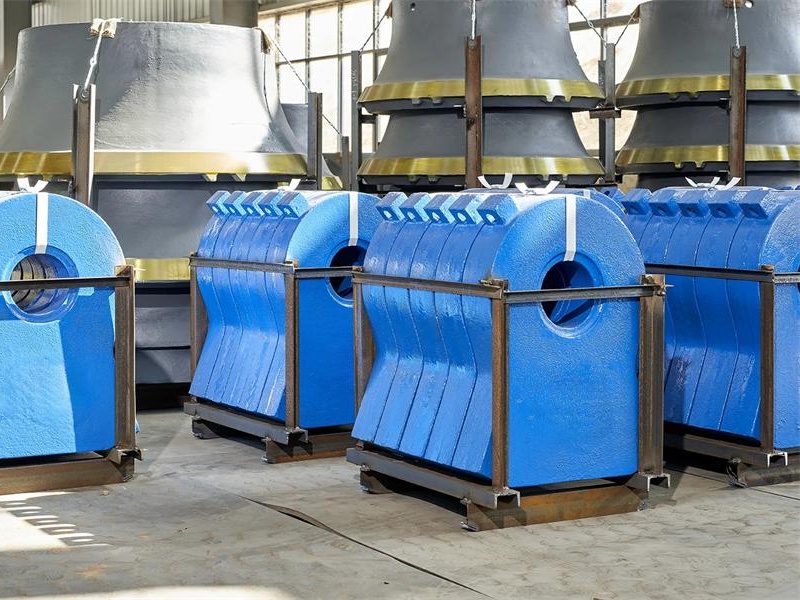The impact plate is one of the core protective components in impact crushers, usually mounted inside the crushing chamber to absorb the strong forces of materials after being struck by blow bars. Its primary role is to achieve secondary crushing while directly influencing the particle shape, gradation, and quality of final products.

Common materials for impact plates include high manganese steel, alloy steel, and ceramic composites. These materials provide excellent wear resistance and strength, ensuring reliable performance under long-term, high-intensity working conditions. The better the wear resistance of the impact plate, the higher the crushing efficiency and equipment stability.
The design angle and layout of impact plates play a decisive role in crushing performance. Properly engineered angles can improve the crushing ratio, minimize over-crushing, and ensure better aggregate shape. Modern impact plates often feature adjustable or segmented structures, making replacement easier and allowing for tailored performance depending on material properties.
In industries such as aggregates, mining, and cement, the impact plate is not only a wear part but also a key factor in ensuring product quality. By using high-performance impact plates, companies can extend maintenance intervals, reduce downtime, and maintain stable production, ultimately achieving higher profitability.




